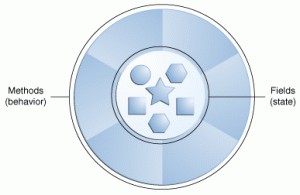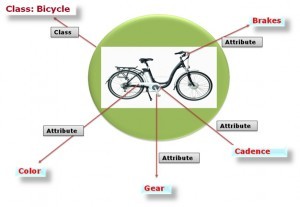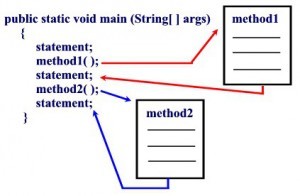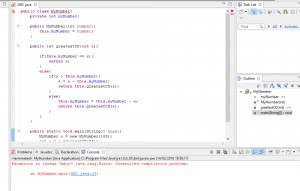--Originally published at Jsph's Blog

Once again, last semester I did this WSQ in python and it was very tricky, today I saw the work of my classmates to achive this one principaly Jorge Padilla’s Blog. Honestly I use his code to practice and understand more about this wsq.
A Lychrel number is a natural number that cannot form a palindrome through the iterative process of repeatedly reversing its digits and adding the resulting numbers. This process is sometimes called the 196-algorithm, after the most famous number associated with the process.
A Reverse-and-add process produces the sum of a number and the number formed by reversing the order of its digits. For example, 56 + 65 = 121. As another example, 125 + 521 = 646.
A palindrome is a word, phrase, number, or other sequence of characters which reads the same backward or forward. Allowances may be made for adjustments to capital letters, punctuation, and word dividers.
Here’s the code on my git but special thanks to Jorge for share his code.
https://github.com/JsphSalazar/POO/blob/master/WSQ08
Sources:
https://en.wikipedia.org/wiki/Palindrome
https://en.wikipedia.org/wiki/Lychrel_number
http://www.p196.org/ visit this awesome page.





























